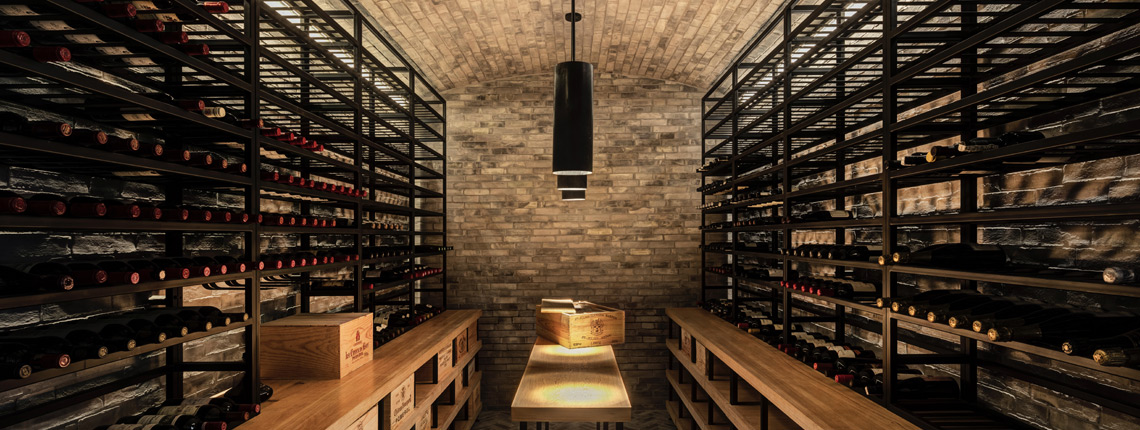Natural Light
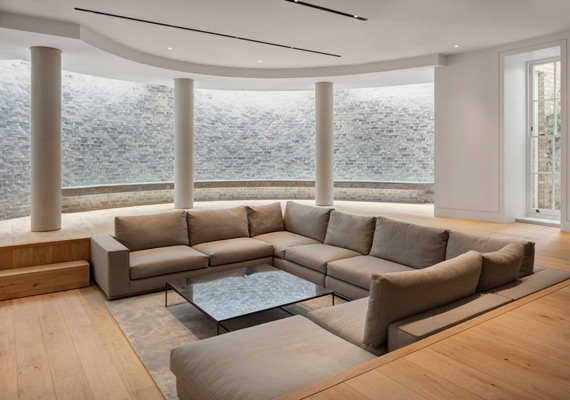
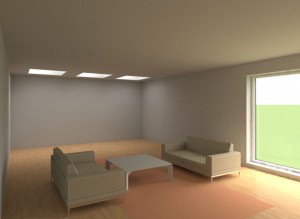

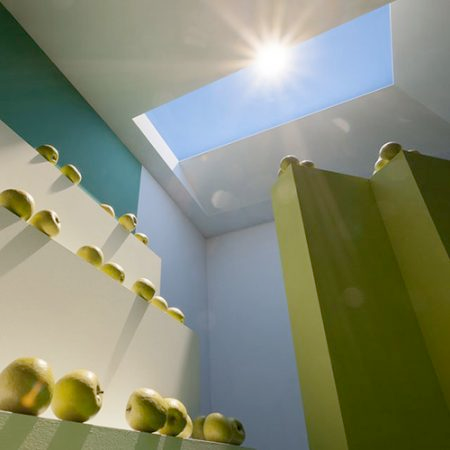
Form follows function
More often than not basements are multi function spaces. Relaxing, studying, entertaining, gym sessions, swimming pools, home cinemas, art galleries, wine cellars, in any combination are not uncommon. To accommodate the changing needs of a basement space, lighting clearly needs to be flexible. Adjustable fittings can help provide adaptability, and lighting track and spotlights can be a good solution, and so can 5 amp sockets for removable floor or table lamps. Most importantly using multiple lighting circuits is key. A lighting control system can really bring value to a basement space, giving the ability to recall light scenes at the touch of a button, and transforming a space by completely changing the dynamic and usability of the room with each personalised scene.
When relaxing and entertaining, dimmable lighting is important, with key features such as artwork highlighted. Coloured light, or colour changing light (RGB) can be a playful way of emphasising features in a basement space, this works particularly well for cinemas and gyms. Coloured light should always be used considerately and in moderation. An intuitive lighting control system is crucial when using coloured light.
Ceiling
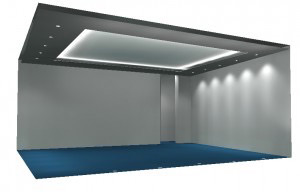
Care needs to be taken with the placement of LED strip to avoid heavy shadows and to ensure maximum projection across the ceiling. The LED strip should be dimmable and thought needs to be given to maximum runs of LEDs and placement of the remote LED drivers.
Walls
It’s often easy to forget we can’t see light. We see luminance, objects that reflect light. For a basement space to appear light and bright, surfaces, particularly walls, need to be washed with light. Some of the main options to consider are recessed ceiling downlights or dedicated wall washers, track and spots, floor-recessed uplights, or hidden LED strip in a shadow gap detail. There are calculations to be made and factors to consider before deciding on which method is best.
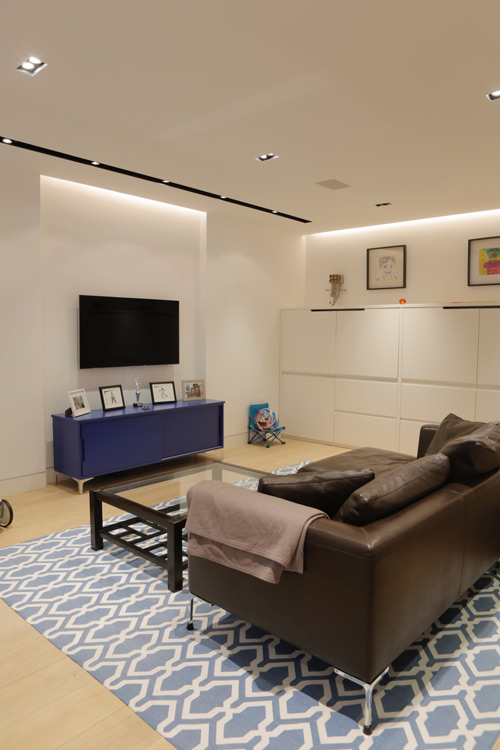
Summary -Top tips for basement lighting design.
- Optimise the amount of natural light coming into the space.
- Consider the function of the room.
- Consider options for light scenes. Which circuits do you want to be dimmable? Is a control system appropriate?
- Explore ways of getting light onto the ceiling, consider wall lights or coffer details.
- Washing walls with light will help the space feel light and bright.
We have had a great deal of experience in lighting basements, from modest single storeys, to colossal triple level icebergs. If you are planning an excavation any time soon, get in touch, we would be happy to help.
